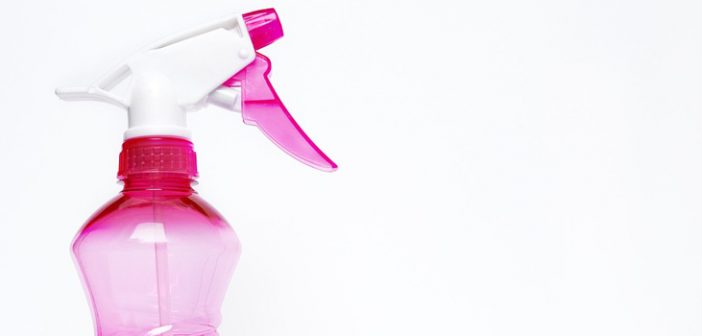Believe it or not, having a home that’s too clean can end up making you sicker, putting you at risk for even worse infections and viruses. Why? Because bacteria is almost everywhere – and the majority of them are simply a part of our everyday environment.
The coffee mug on your desk, your laptop, tablet or phone, even the USB mouse you may be using right now – all of these surfaces, at this moment, are covered with microscopic germs and bacteria. [experts]even stated that some bacteria can be good for you, such as [examples]. Even so, there are some surfaces in your home that are more prone to collecting bad germs. With your permission, I’d like to share with you several “secret” germ-collecting areas that needs you.
1. What Do You Need?
First things first: in order to get rid of nasty, disease-carrying germs, do not stock up on cleaning supplies that are loaded with chemicals and poisons that you find in supermarkets and grocery stores. Brand name products that are marketed as “antibacterial all-purpose cleaning” that “kills 99.999% of bacteria” are expensive. Not to mention harmful to your skin, and especially harmful if swallowed by toddlers who don’t know any better.
All you need to eliminate 99.9% of viruses, bacteria, mold and mildew… is bleach. Many “green living” activists preach and howl that vinegar is a much safer, and more effective disinfectant than bleach. I personally use vinegar mixed with equal parts water, in a spray bottle, as an all-purpose cleaner for every day messes. However, the CDC and World Health Organisation recommend using a bleach/water mix to stop pathogens from spreading.
2. Rodents
You’ve undoubtedly heard that mice, rats and other rodents carry loads of diseases that are easily transferable to humans. Except… Do you know what those diseases actually are? The Centers for Disease Control and Prevention (CDC) states that these menaces carry the following diseases:
- Hemorrhagic Fever
- Plague
- Salmonellosis
- Tularemia
- Hantavirus Pulmonary Syndrome
Clearly, proper mouse control is vital for preventing these viruses and diseases from destroying your health and home. To do this, search your home for gaps that are 1/4 inches wide (or wider), plug them with steel wool, and use a caulking gun to “line” the edges of the steel wool. Another thing you can do is to replace any window/door screen you see that is broken.
3. Door Handles
How often do you wipe down doorknobs, faucet handles, levers, appliance handles, and everything else a lot of people touch day to day? Disinfecting sprays (like the bleach/water solution we talked about earlier) will neutralise germs as they collect. Be sure to let these handles air-dry, as germs are actually killed as they evaporate – which means no wiping dry. For electronic items that can’t get wet (such as remotes, switches, phones, etc.), press some rubbing alcohol against a cotton ball. Careful squeeze out as much alcohol as possible, and swab those surfaces you can’t get wet.
Conclusion
The truth is, germs exist whether we like it or not. Being “too clean” is a bad thing. Using too many antibacterial products, funnily enough, helps microbes build up themselves to fight the chemicals in those cleaning products. It’s well known that germ infection and bacteria-caused sicknesses build our immune systems. If we don’t get sick due to germs, we don’t have strong antibodies. Without antibodies, common flu could require hospitalization, because the “defenses” of your immune system were weak. Even so, there is such a thing as good bacteria.




